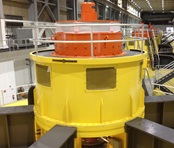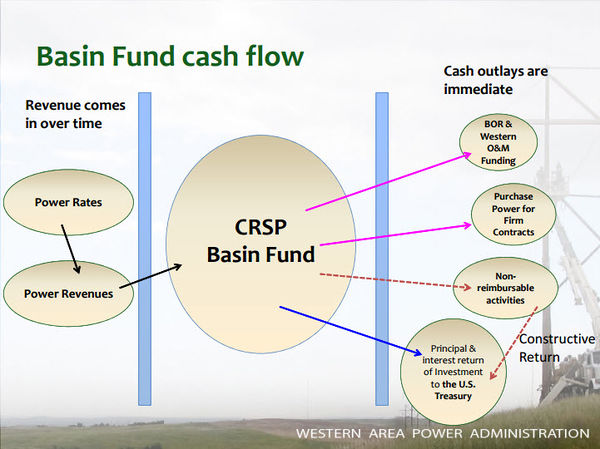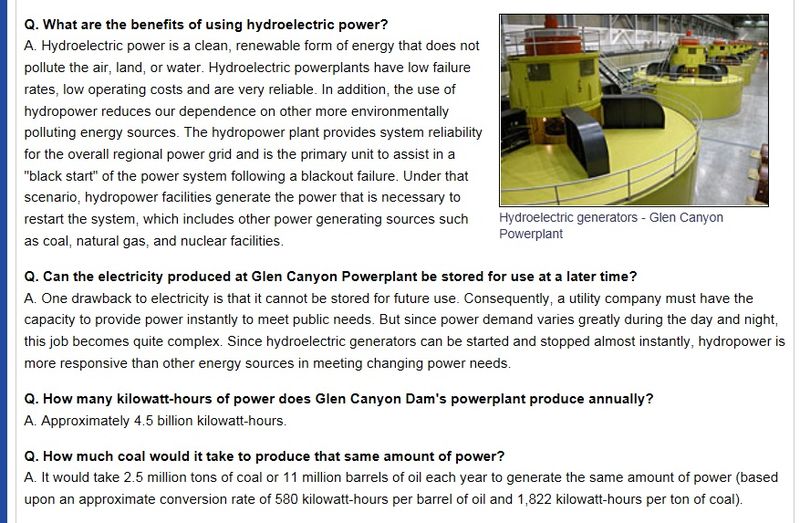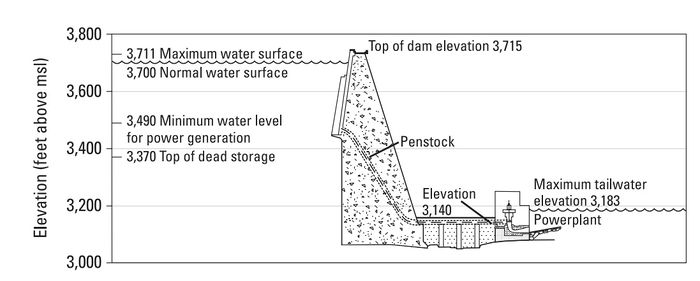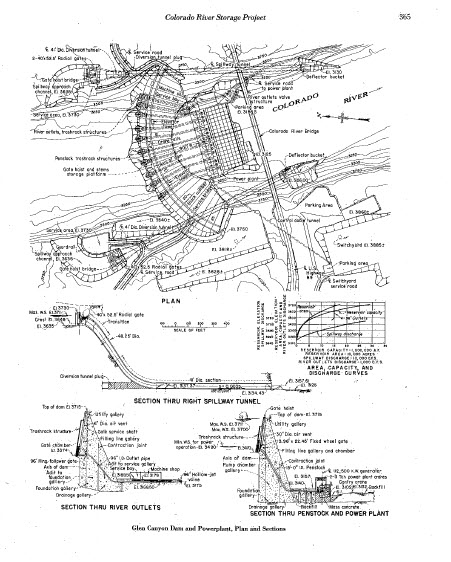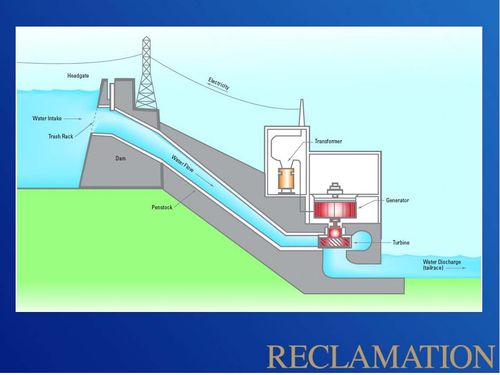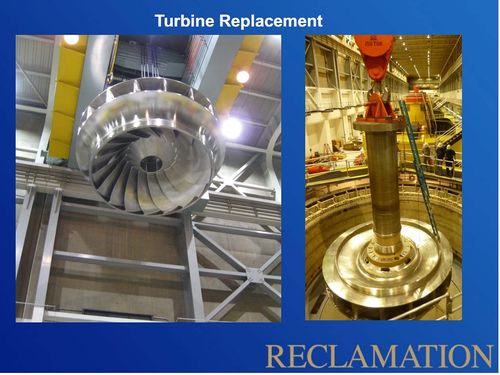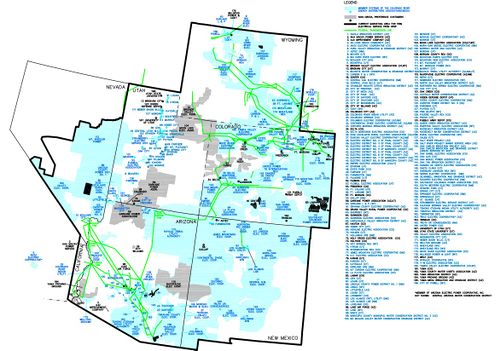Difference between revisions of "HYDROPOWER"
Cellsworth (Talk | contribs) |
Cellsworth (Talk | contribs) |
||
| Line 97: | Line 97: | ||
*[http://www.example.com '''8 Generating Units''' --- Each unit produces/uses '''4,000 CFS'''] | *[http://www.example.com '''8 Generating Units''' --- Each unit produces/uses '''4,000 CFS'''] | ||
*'''Critical Level for Hydropower generation'''--- as Lake Powell approaches minimum power pool '''3,490 feet elevation''', power capability drops off. | *'''Critical Level for Hydropower generation'''--- as Lake Powell approaches minimum power pool '''3,490 feet elevation''', power capability drops off. | ||
| − | *'''[[Media:The House of Power and Light (Read-Only).pdf|The House of Power and Light]]'''*[[Hydropower Documents| WAPA Studies Listing]] | + | *'''[[Media:The House of Power and Light (Read-Only).pdf|The House of Power and Light]]''' |
| + | *[[Hydropower Documents| WAPA Studies Listing]] | ||
*Hydropower facilities along the Colorado River provide more than '''4,200''' megawatts of electrical generating capacity, helping to meet the power needs of the West and offset the use of fossil fuels. (SOURCE: Colorado River Basin Water Supply and Demand Study) | *Hydropower facilities along the Colorado River provide more than '''4,200''' megawatts of electrical generating capacity, helping to meet the power needs of the West and offset the use of fossil fuels. (SOURCE: Colorado River Basin Water Supply and Demand Study) | ||
* At optimum operations, the eight generators at Glen Canyon Dam are capable of producing '''1,320''' megawatts of power. | * At optimum operations, the eight generators at Glen Canyon Dam are capable of producing '''1,320''' megawatts of power. | ||
Revision as of 13:27, 13 June 2016
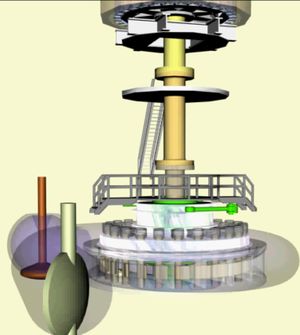 Fly Around Video Clip of Generating Unit Fly Around Video Clip of Generating Unit
|
Glen Canyon Dam is the second highest concrete-arch dam in the United States, second only to Hoover Dam which stands at 726 feet. The 26.2 million acre-feet of water storage capacity in Lake Powell, created by Glen Canyon Dam, serves as a ‘bank account’ of water that is drawn on in times of drought. This stored water has made it possible to successfully weather extended dry periods by sustaining the needs of cities, industries, and agriculture throughout the West. Hydroelectric power produced by the dam’s eight generators helps meet the electrical needs of the West’s rapidly growing population. With a total capacity of 1,320 megawatts, Glen Canyon Powerplant produces around five billion kilowatt-hours of hydroelectric power annually which is distributed by the Western Area Power Administration to Wyoming, Utah, Colorado, New Mexico, Arizona, Nevada, and Nebraska. In addition, revenues from production of hydropower help fund many important environmental programs associated with Glen and Grand canyons. The designation of Glen Canyon National Recreation Area in 1972, underscores the value and importance of the recreation benefits associated with Lake Powell and the Colorado River downstream of the dam. The NRA is managed by the National Park Service. Glen Canyon Dam is the key water storage unit of the Colorado River Storage Project, one of the most complex and extensive river resource developments in the world. Without it, development of the Upper Colorado River Basin states’ portion of the Colorado River would not have been possible. |
| --- |
--- |
--- |
|---|
|
|
